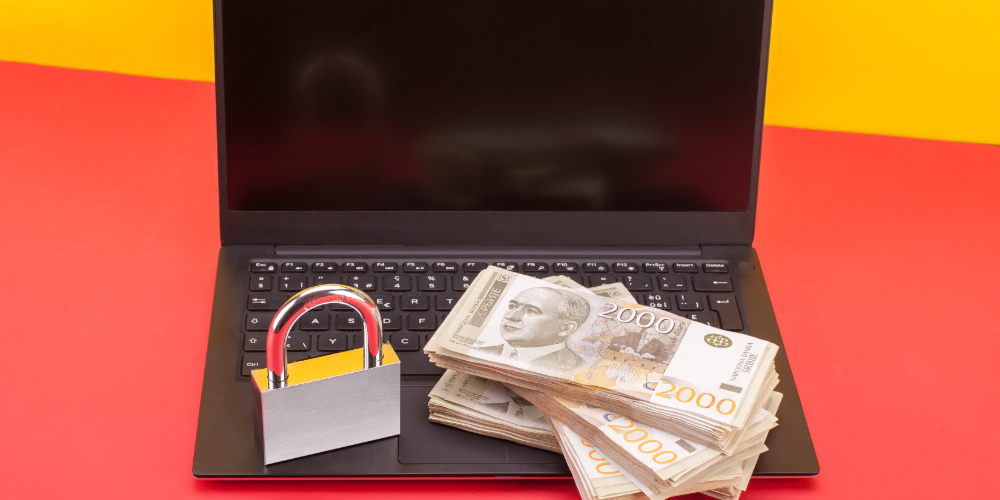Hybrid workforce is here to stay, and some businesses are entirely remote. With the benefits remote employees bring, it also introduces dangers like unprotected network access and greater exposure to ransomware. Over the last several years, ransomware has increased and can have disastrous consequences to businesses of all sizes. Read on to learn more about the ransomware landscape and how to protect your company from attacks that steal data.
Ransomware’s Prevalence and Danger
Ransomware, a type of malware that introduces malicious code that can encrypt your data and make it unusable for your company, is nothing new. Even with some progress by law-enforcement groups in taking down some of the infrastructure, it is still prevalent. It can cause data breaches, downtime from inaccessible data, and financial consequences from lost revenue. If your data is stolen or leaked, not only do you not have access to it, but it can damage your company’s reputation because customers no longer trust you to protect confidential information. According to a 2023 report by Verizon regarding data breaches, ransomware affected 66% of organizations; 24% of data breaches occurred as a result of ransomware infection. Aside from lost data, your network could also become a hub, spreading ransomware to others such as customers or vendors.
How Ransomware Enters Networks and How to Keep it Out
Points of entry are various, though the primary source is social engineering (phishing) emails. Many attacks come by way of an email containing a link which, when clicked on, downloads malicious software. Malicious actors use urgent calls to action and appeals to fear to get unsuspecting users to give up confidential information. Not that phishing emails are the only way for ransomware to enter. Ransomware can also get in through attacks on vendors, workers using unsecured Wi-Fi, or even an application update.
How, then, can you protect against it? Like preventing any cyberattacks, the solution can include tools, policies and people. Tools like network monitoring and updated patches can help detect and block ransomware. Firewalls can also analyze activity between your network and other points and block ransomware. Policies can include having separate computers for business and personal use, as in the case of remote workers. Training workers to recognize a phishing email and report it, and refraining from clicking any links needs to be a regular practice.
With technological innovation comes risk. To learn how to minimize your risk of being a ransomware victim, contact your trusted technology advisor today.

